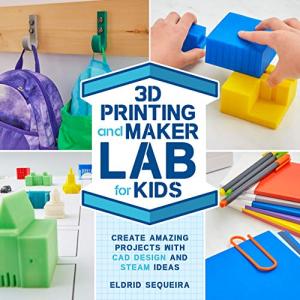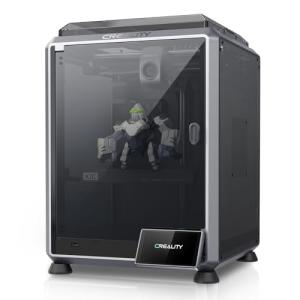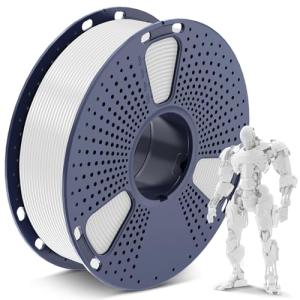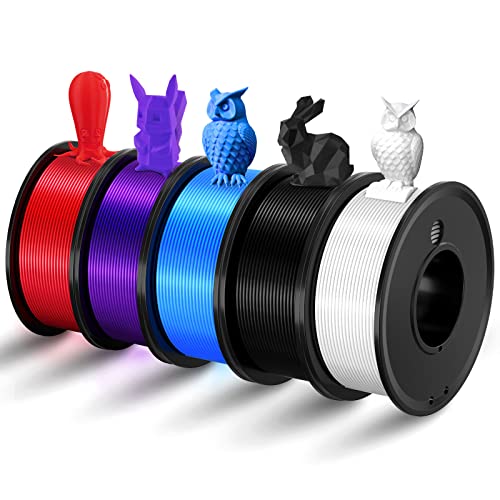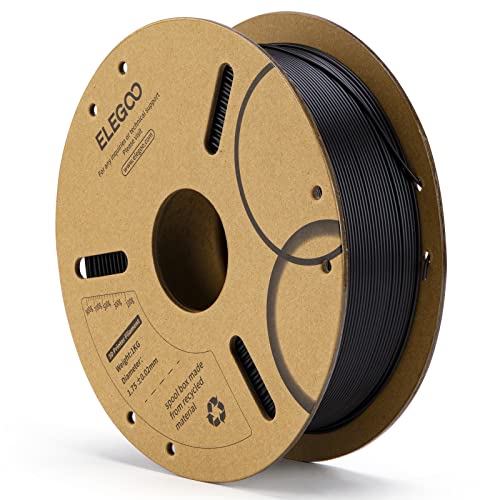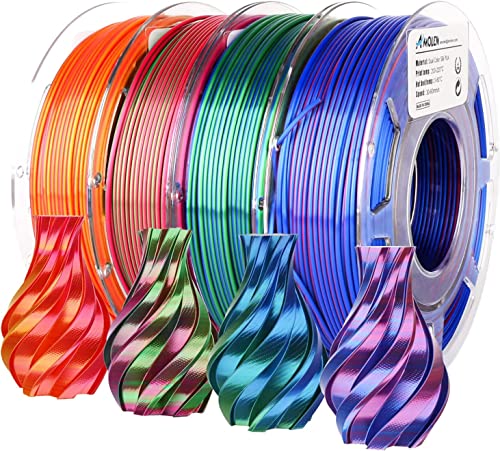When diving into the world of 3D printing, one of the first things you'll notice is the variety of 3D printing materials available. Each material brings its own set of characteristics, making it essential to choose one that suits your project’s needs. Let’s break down some common options you’re likely to encounter.
PLA, or Polylactic Acid, is a go-to for many beginners. It’s made from natural resources like corn starch, which is pretty cool! PLA is super easy to print with, so you won’t have to worry much about complicated settings. It’s perfect for printing decorative items, prototypes, or anything you want to show off. Just keep it away from high heat because it can warp.
ABS, or Acrylonitrile Butadiene Styrene, is tougher and more durable than PLA. It’s a great choice for functional parts like tools or electronic housings. ABS can handle higher temperatures and is more flexible than PLA. However, be prepared for a bit of odor during printing and remember to use it in a well-ventilated area.
Then there's PETG, which combines the best of both worlds. It’s tough like ABS but easy to print like PLA. PETG is resistant to moisture and has some flexibility, so it’s perfect for outdoor items or anything that needs a bit of strength. If you’re unsure about which 3D printing material to choose, PETG is a solid middle ground.
Finally, if you’re going for something truly unique, look into specialty filaments like TPU for flexibility or nylon for strength. These materials can help you create specific functions and designs that stand out. The choices feel endless, but knowing a bit about each material helps narrow things down to what fits your project!
Pros and Cons of Common Materials
When it comes to choosing the right 3D printing material, understanding the pros and cons of common options can make a huge difference. Each type has its strengths and weaknesses, and your project’s needs will guide your choice.
PLA (Polylactic Acid)PLA is super popular for a reason. It’s biodegradable, easy to print with, and comes in a variety of colors. You won't need a heated bed for this one, so it's perfect for beginners. But, it can be a little brittle, so if you need something super durable, it might not be your best bet.
ABS (Acrylonitrile Butadiene Styrene)ABS is known for its toughness. It’s great for functional parts and can handle higher temperatures, making it a solid choice for items that need to be a bit sturdier. That said, it requires a heated bed and emits fumes while printing, so good ventilation is a must.
PETG (Polyethylene Terephthalate Glycol)PETG combines the best of both worlds—it's strong, flexible, and pretty easy to work with. This 3D printing material is great for parts that need both durability and a bit of flex. On the flip side, you might find that it's a bit stringy during printing, which can take some getting used to.
When picking a 3D printing material, think about what you’re making and how you plan to use it. Understanding these common materials will help you nail the right choice for your project!
3D Printing Maker Lab: Fun Projects for Kids
Unleash creativity and watch your kids bring their ideas to life with exciting 3D printing projects
Product information
€28.49 €17.49
Product Review Score
4.69 out of 5 stars
106 reviewsProduct links
How to Choose the Right Material
Choosing the right 3D printing material can feel overwhelming with all the options out there, but don’t worry! It’s all about what you plan to make. Different materials bring different benefits, so think about your project before diving in.
If you're looking for something strong and durable, ABS is a solid choice. It's tough, heat-resistant, and great for making functional parts. Just be prepared for a bit of warping and some fumes while it prints, so proper ventilation is key.
If you want to go for something that’s easy to print, PLA is your best buddy. It's super user-friendly, comes in a ton of colors, and works well even on basic printers. Plus, it’s biodegradable, which is a nice touch for the eco-conscious maker.
For projects that need a bit of flexibility, consider TPU. This material is rubber-like and perfect for creating items that need to bend or compress. Just know that it requires a bit of tweaking on your printer for the best results.
Finally, if you’re after high detail and want to print intricate designs, resin is the way to go. It offers stunning resolution and is perfect for miniatures or jewelry. Just keep in mind that handling resin requires some safety precautions due to its toxic nature before curing.
Creality K1C 3D Printer with Fast Printing Speed
Experience high-speed 3D printing without sacrificing quality, perfect for any project
Product information
€514.29 €359.75
Product Review Score
4.21 out of 5 stars
217 reviewsProduct links
Tips for Handling and Storing Materials
When you're diving into the world of 3D printing, keeping your materials in top shape is super important. Here are some handy tips to help you handle and store your 3D printing material effectively.
First off, always check the packaging. Many 3D printing materials come in vacuum-sealed bags, which is great for keeping them fresh. Once you open them, consider using airtight containers to prevent moisture from sneaking in. Moisture can ruin a good filament, making it tough to print later on.
Next, pay attention to the temperature. Certain materials are sensitive to heat, while others do best in a cooler environment. Store your 3D printing material in a spot that stays consistent in temperature and out of direct sunlight. Sunlight can break down some filaments over time, affecting their quality.
Handling your materials with care is just as crucial. Always make sure your hands are clean and dry before touching filaments. Oils and dirt can impact print quality, so treat your 3D printing material like it’s precious! If you’re using spools, avoid pulling the filament too hard while feeding it into the printer—that can create tension and lead to jams.
Finally, keep an eye on expiration dates or shelf life recommendations. Some materials, like certain flexible filaments, can degrade over time. It’s good to use up older stock first and keep track of when you bought your 3D printing material to ensure you’re always working with the best quality for your prints.
